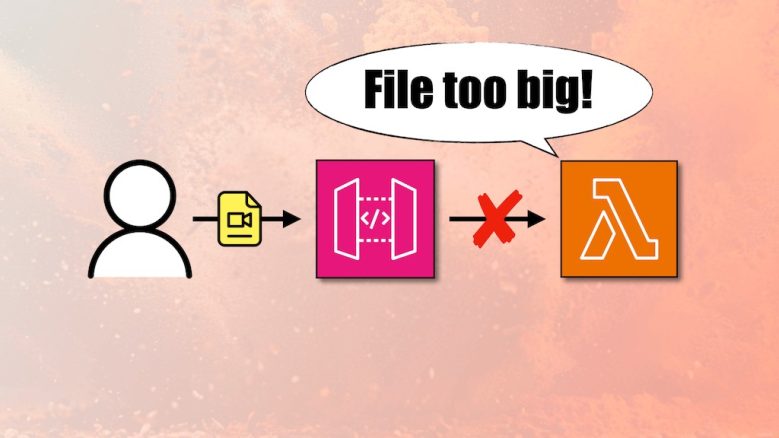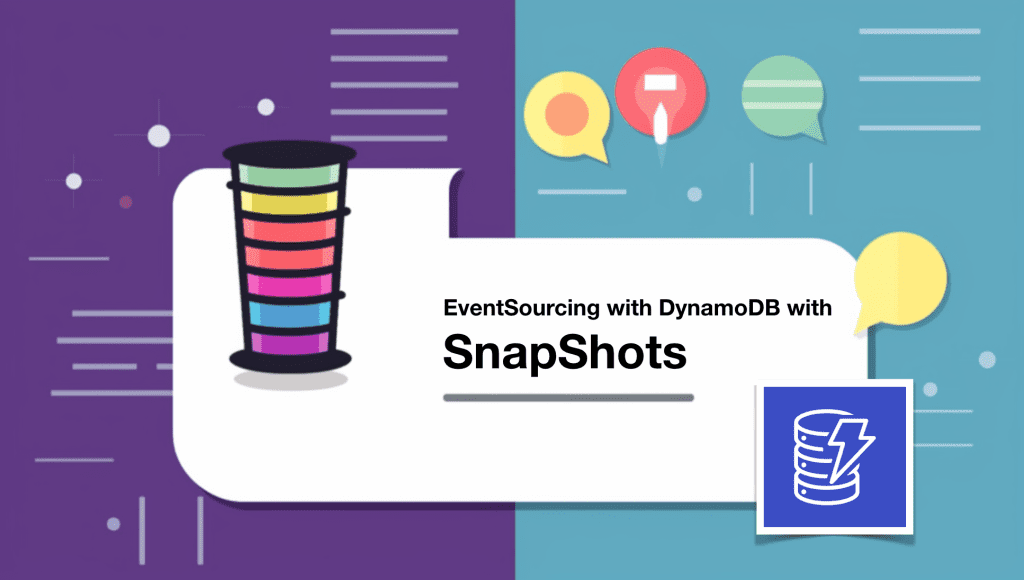How to choose the right API Gateway auth method
Update 21/06/2020: following lots of feedback and questions on Twitter, I have updated the post to include a few more options. Quite a few clients have asked me “Hey Yan, what API Gateway auth method should I use for this REST API?” so I thought I’d share my answer with everyone here. This is the …





